First off, to avoid some confusion: the default debug info format for the Debug configuration for new iOS projects is "DWARF with dSYM file", but for new OS X projects is just "DWARF".
Part of this is historical, but at present, the iOS setting is still "DWARF with dSYM file" only because the part of Xcode that symbolicates crash logs as they are copied off iOS devices uses the dSYM for that purpose. So if you are planning to test your Development build downloading it to the device, and then finger-launching and exercising it outside the debugger, then having the dSYM is handy for understanding any crashes you run into. If you're running under the debugger, of course, it will just stop at the point of the crash, so you don't need to symbolicate a crash report.
Other than that, I don't think you lose anything switching to DWARF for iOS. And as SpaceDog noted, it does speed up turn around time since the debugger knows how to lazily link up what DWARF it needs, whereas the dSYM creation tool (dsymutil) has to read & rewrite it all.
Of course, when you do a Release build you want to make & archive the debug information - which is the whole point of the dSYM, since otherwise the debug information (contained in the .o files) will get deleted along with the other intermediate build products and you won't be able to symbolicate crashes that happen in your released app.
